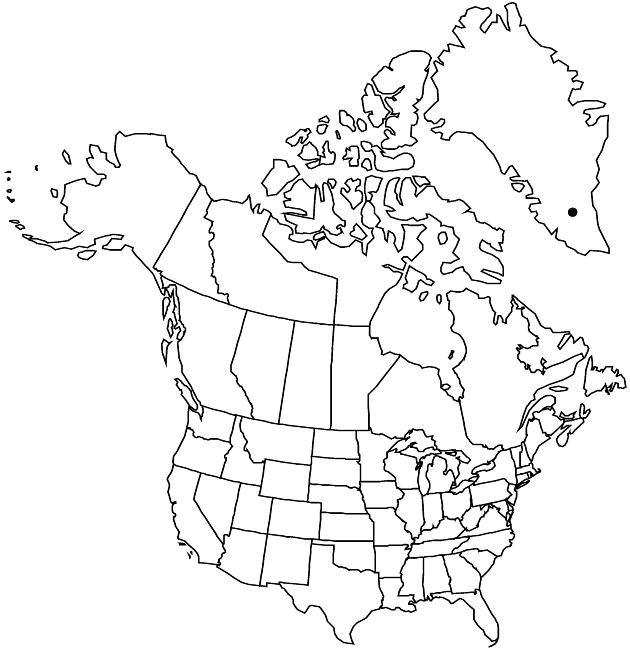Hieracium alpinum
Sp. Pl. 2: 800. 1753.
Plants 10–15(–25+) cm. Stems proximally piloso-hirsute (hairs 3–5+ mm), stellate-pubescent, and stipitate-glandular, distally piloso-hirsute (hairs 3–5+ mm), stellate-pubescent, and stipitate-glandular. Leaves: basal 5–13+, cauline 0(–2+); blades spatulate to elliptic or narrowly lanceolate, 20–80 × 6–20+ mm, lengths 2–8+ times widths, bases cuneate, margins usually entire, rarely dentate, apices rounded to acute, faces piloso-hirsute (hairs 1–3+ mm). Heads borne singly or 2+ in corymbiform arrays. Peduncles piloso-hirsute, stellate-pubescent, and stipitate-glandular. Calyculi: bractlets 5–8+. Involucres ± hemispheric, 13–18 mm. Phyllaries 13–21+, apices acute to acuminate, abaxial faces piloso-hirsute and stipitate-glandular. Florets 80–120+; corollas yellow, 12–15 mm. Cypselae columnar, 3.5–4 mm; pappi of 40–60+, stramineous bristles in ± 2 series, 6–7 mm.
Phenology: Flowering Jul(–Sep).
Habitat: Calcareous stream banks
Elevation: 0–10+ m
Distribution

Greenland, Europe.
Discussion
The type of Hieracium trigonophorum Oskarsson is probably conspecific with that of H. alpinum.
Selected References
None.